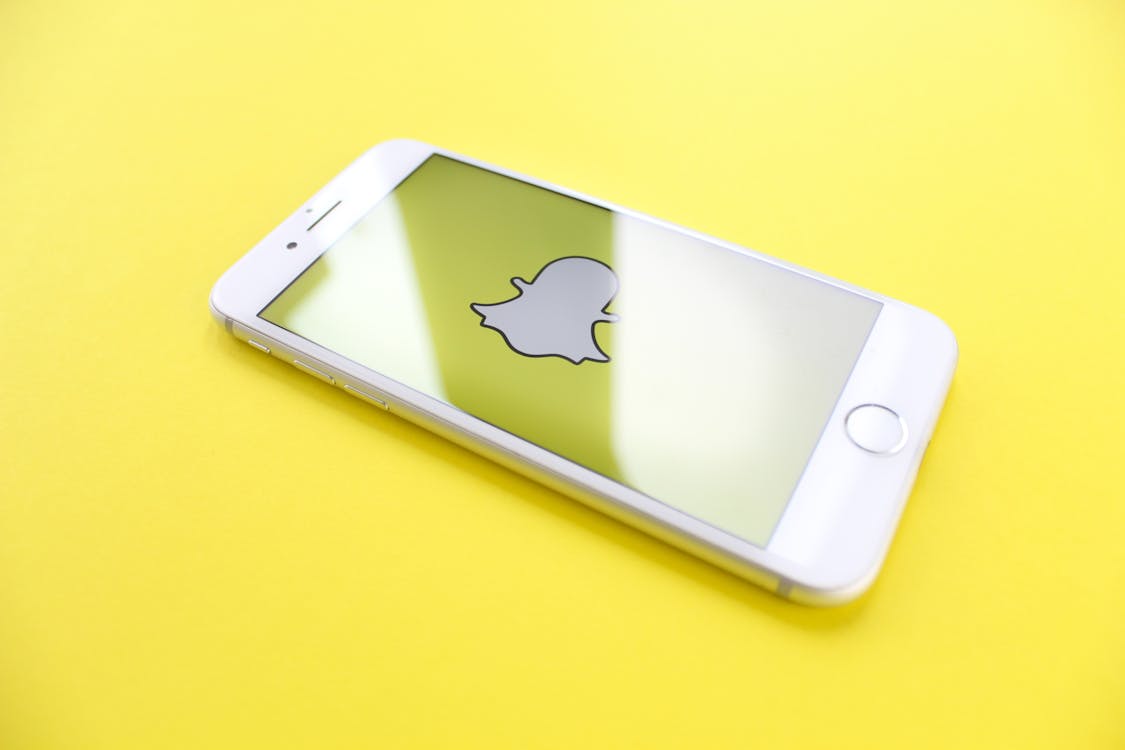We’re all learning how to adapt to this ‘new normal’ – be that working from home, fulfilling a role as a part-time teacher, attempting a home workout or simply trying to find ways to cope with this extended period of social distancing.
For businesses, the struggle is real. They are having to carefully navigate digital platforms and change the way they communicate with their employees, their clients, their prospects and the wider community.
A strategically planned communication strategy has never been as important as it is right now. Insights are key when planning your communications to ensure you’re using a more targeted approach. You’re likely to use a different strategy when communicating with Gen Z (16-22), Millennials/Gen Y (23-36), Gen X (37-54) and Baby Boomers (55+).
Gen Z (16-22)
Gen Z make up almost a third of the global population, and are the world’s first truly ‘digital natives’. This generation is considered to have “inherited the wisdom of Boomers, the independence of Gen X and the confidence of Millennials, while developing their own ‘me is we’ worldview”.
- Gen Z care about more than just business – they want brands to contribute to positive social change. Businesses should communicate their values through their behaviour and deliver on their promises of ‘doing good’.
- They like to feel they are part of a brand’s story and want to create content as much as they share it, so use hashtags to help drive user generated content.
- Gen Z spend around 3 hours a day on social media with YouTube, Facebook and Instagram being the most popular platforms. This generation can process information in as little as 8 seconds, making short-form video content an effective way to reach them. Unsurprisingly, they are 5 times more likely than average to use Snapchat and we all know they’re advocates of TikTok.

When it comes to Covid-19, Gen Z are less likely to trust the facts and figures quoted in the news and by government (Global Web Index). They are more likely to turn to businesses for information. This presents an opportunity to be that credible voice and create engaging and shareable content that helps Gen Z identify fact from fiction.
Nearly 60% of Gen Z have said they are extremely concerned about the virus and 90% have said they’re making changes to their daily lives (Global Web Index). The closure of schools and universities provides an opportunity for businesses to create ‘toolkits’ and home learning guides to help them adapt to these changes.
Millennials / Gen Y (23-36)
Millennials are a diverse group and “while 36% of those in their twenties haven’t left their homes, 65% of those in their thirties are already settling down and getting married” (Global Web Index).
- Nearly 39% of Millennials believe businesses should help to improve society (Deloitte). What is your business doing to contribute to ‘social good’ and how are you communicating this?
- 57% of Millennials are news-networkers, using social media to stay up to date with current events. Businesses should communicate accurate and timely information on social to engage this audience.
- Nearly 40% of Millennials perceive businesses to be more accessible and trustworthy when they use social rather than traditional advertising. So it’s important to implement a communication strategy on social to reach this audience.

Nearly 60% of Millennials have said they are extremely concerned about Covid-19 (Global Web Index). They are most likely to report that they’ve made changes to their daily lives, especially in working from home. Businesses can support Millennials with resourceful content like how to balance home-schooling with work or some key steps on how to set up your ‘office space’ at home.
Although Millennials are more likely to trust what is being reported in the news and by government and healthcare officials, there is still some uncertainty. As Millennials engage with news outlets on social, social platforms are a great place to help distinguish between accurate information and ‘false news’. Make sure you’re sharing consistent and reliable information.
Gen X (37-54)
Gen X are considered the ‘sandwich generation’ as many have taken on dual responsibilities in caring for their ageing parents whilst also looking after their children.
- Having struggled through the recession, most of Gen X are considered to have a relatively negative outlook on the economy. They prefer to invest in a service or product when they know they’re receiving value for money. Make sure you’re clearly communicating what value your service has to offer, and make it personal.
- Around 80% of Gen X want to be aware of what is going on in the world, and on average a Gen Xer reads an hour of digital news each day (Global Web Index). Their interest in current affairs highlights how important it is for businesses to post regular and timely content.
- The average Gen Xer spends 2 hours a day on social, Facebook and YouTube are their preferred choices (Global Web Index). Businesses should be using targeted messaging on these social platforms to reach this audience.
Gen X has taken more precautions than other generations when it comes to Covid-19. As noted by the CNBC:
The sandwich generation is concerned about parents and children, and they are also the working generation that is concerned about how they’re going to pay the bills next month.
It’s important that businesses realise the impact Covid-19 has across all aspects of their lives, from work, educating and caring for children, to looking after elderly relatives. Arguably, Gen X requires the most support. A communication strategy that shows you empathise with this generation and want to support them in whatever way you can is key.
Baby Boomers (55+)
Baby Boomers are considered the largest and most economically well-off generation. They “share common experiences in terms of battling for personal freedom and economic improvement in their youth”.
- Growing up before the technology boom and rise of social media, many Baby Boomers are less digitally connected. This makes traditional above the line communication and word-of-mouth particularly effective when targeting this audience.
- The younger generation of Baby Boomers are ‘tech savvy’, for this audience YouTube and Facebook are the most popular social platforms (Global Web Index). Make sure you’re using an omni-channel communication strategy that incorporates above the line and digital.
Although Baby Boomers (70+) have been considered the most vulnerable to Covid-19, just 40% feel extremely concerned compared to 60% of Gen Z and Millennials (Global Web Index). This ‘attitude of invincibility’ could be related to their past experiences of war and recession; “Boomers know that there is life on the other side of cataclysmic events”. This sentiment of resilience also explains why Baby Boomers are less likely to make changes to their daily lives in light of Covid-19.
What sets this generation apart is how they will be experiencing social distancing. A large proportion of Baby Boomers are retired and live alone. Businesses should think about how they can do more to support these individuals. This could include novel ways to keep them entertained, a random act of kindness such as a food delivery or simply a note that reminds them, they’re not alone.

It’s clear there are generational differences to consider when planning your communications strategy. Using insights is a great way to gain a better understanding of how best to engage different audiences. Importantly, during these unprecedented times there’s an opportunity for businesses to make a difference.
Think about how your business can communicate with empathy, provide a voice of confidence in this period of uncertainty and help people feel more positive. Be innovative, think about what content you can create to support your employees, your clients, families and the wider community. After all, we’re navigating this ‘new normal’ together.


